Main Program RFEM: Precise Structural Design for Buildings
Recommended Add-on Products for Building Models
Geotechnical Analysis
In RFEM, the Geotechnical Analysis add-on uses the properties from soil samples to determine a soil body to be analyzed.
Response Spectrum Analysis
The Response Spectrum Analysis add-on performs seismic analysis using multi-modal response spectrum analysis. The spectra required for this can be created in compliance with the standards or can be user-defined. The equivalent static forces are generated from them. The add-on includes an extensive library of accelerograms from seismic zones that can be used to generate the response spectra.
Construction Stages
The Construction Stages Analysis (CSA) add-on allows for considering the construction process of structures (member, surface, and solid structures) in RFEM.
Support and Learning
We provide professional support and many services in order to help you with finding a quick and efficient solution for your projects.
Technical Support | Sales Team




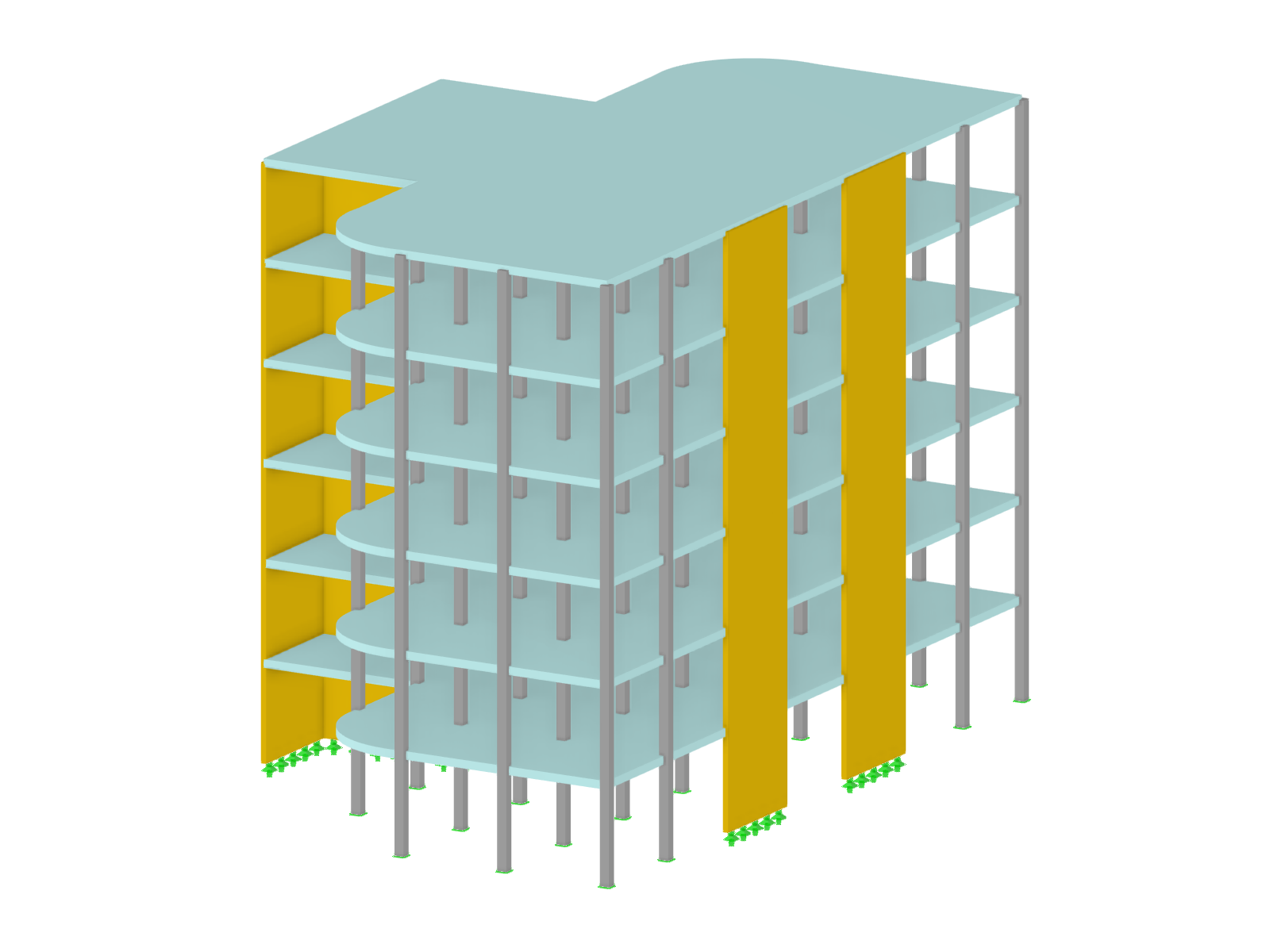
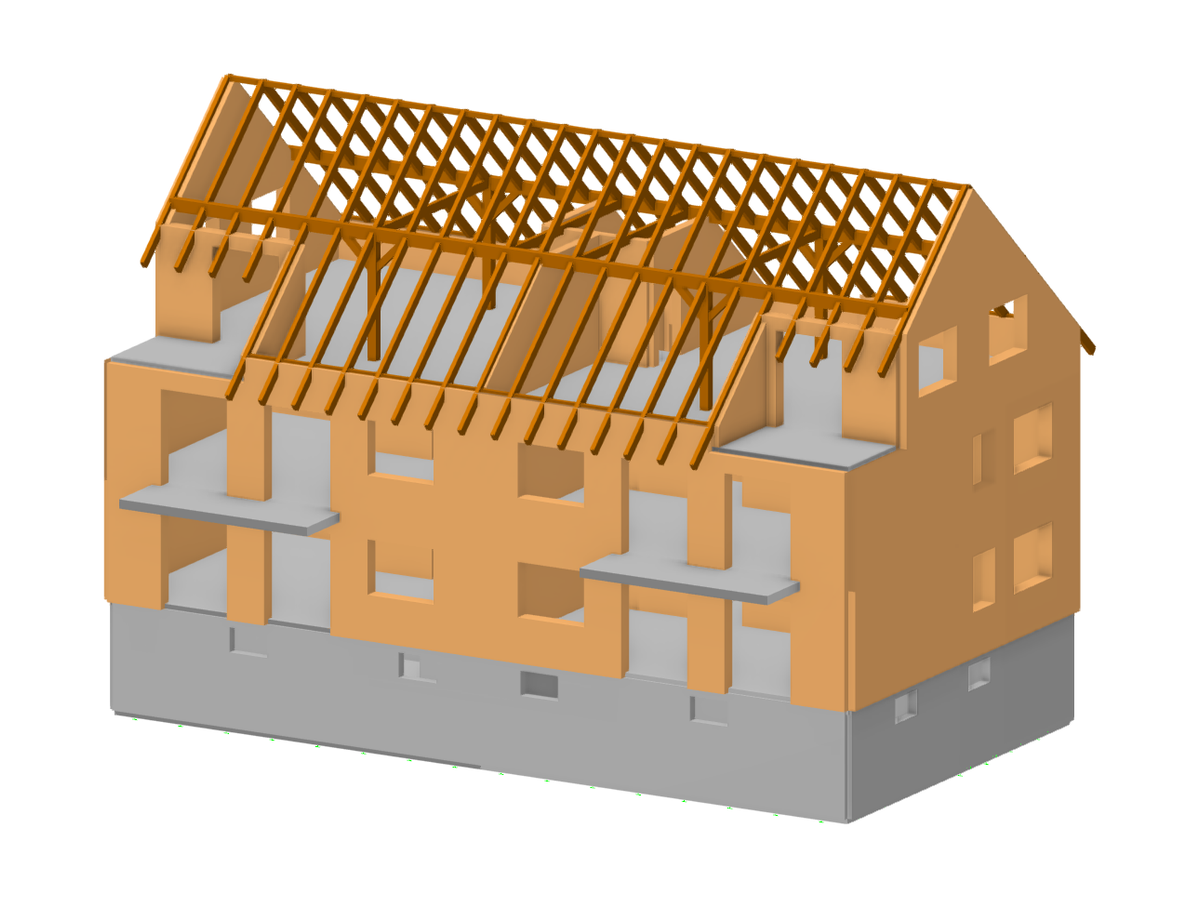
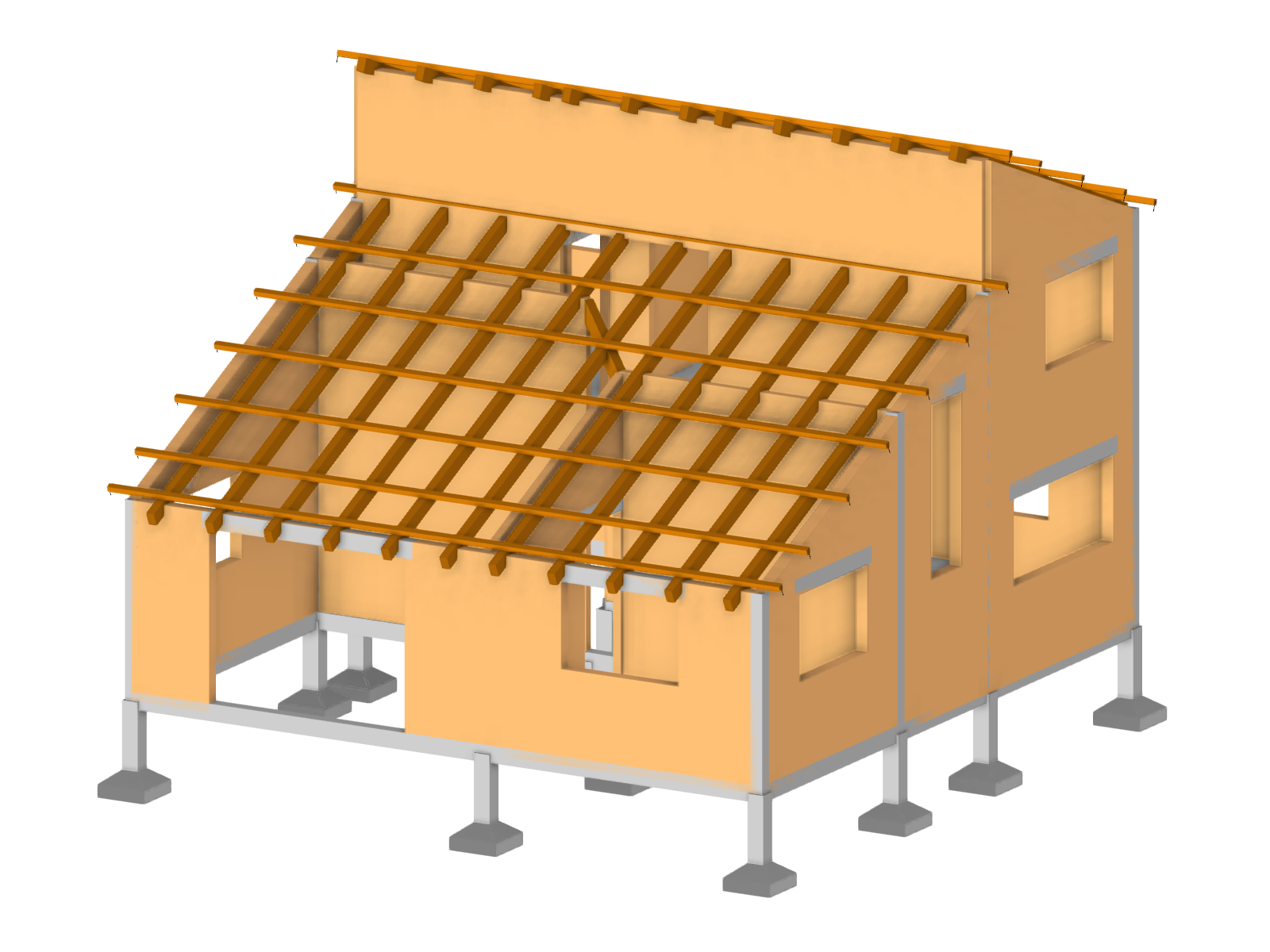
.png?mw=400&hash=c7f15f8e928320e652ce5c9afe4b7bf71392f2be)
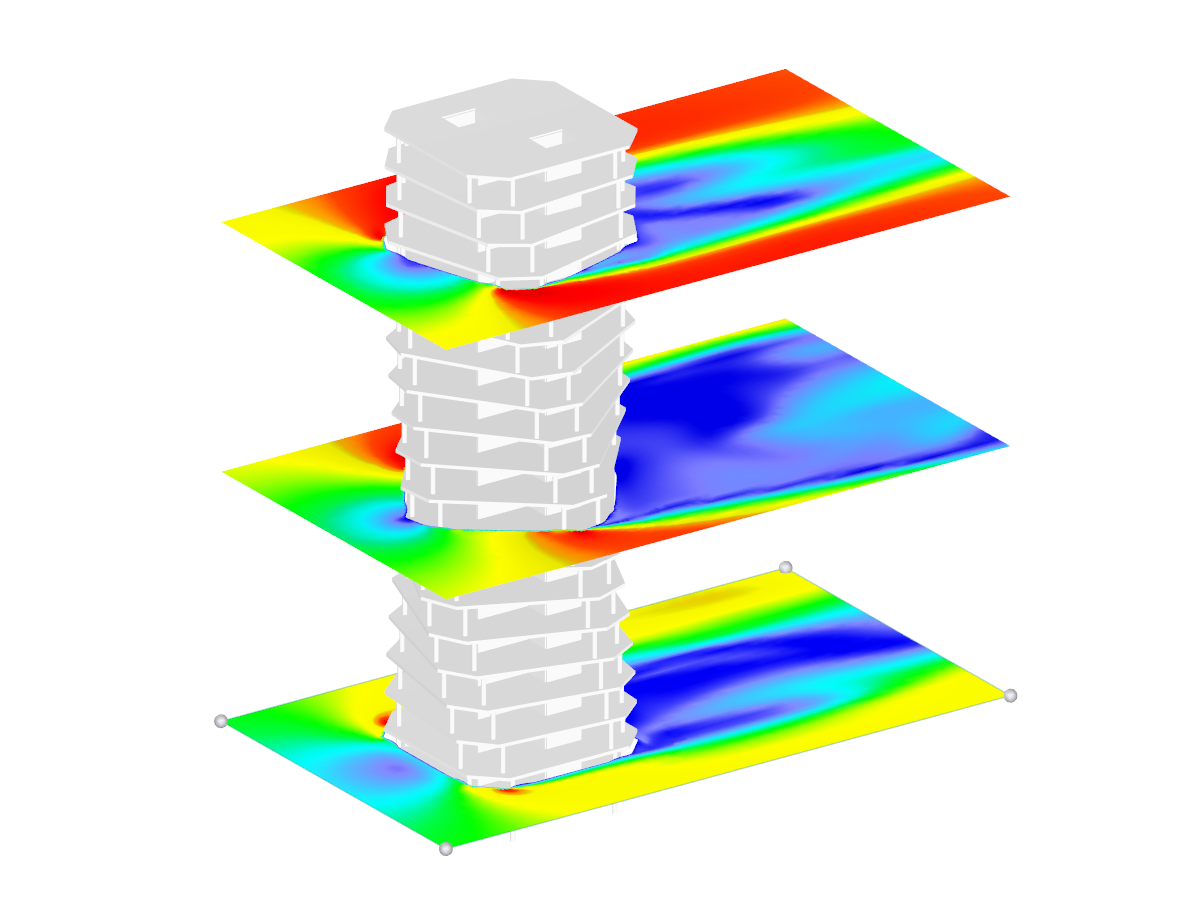
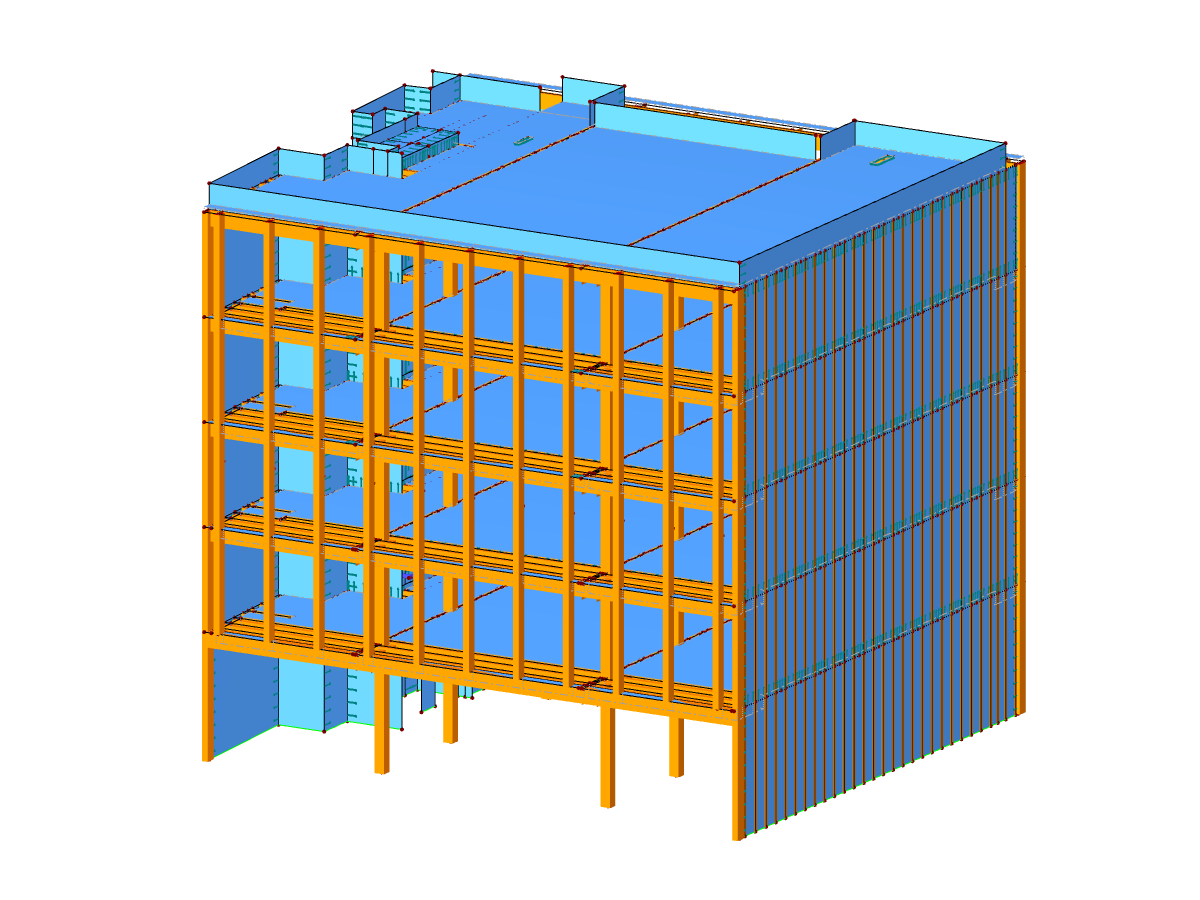

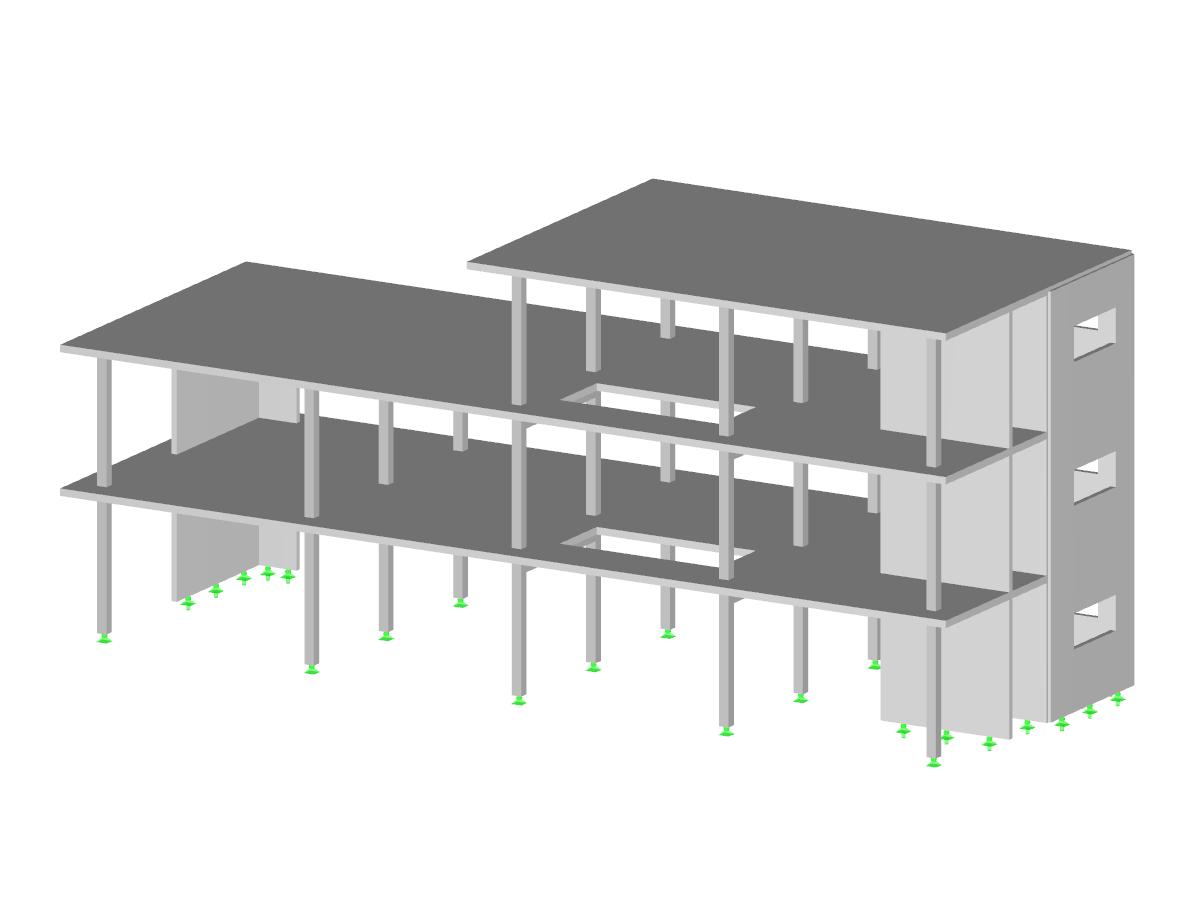
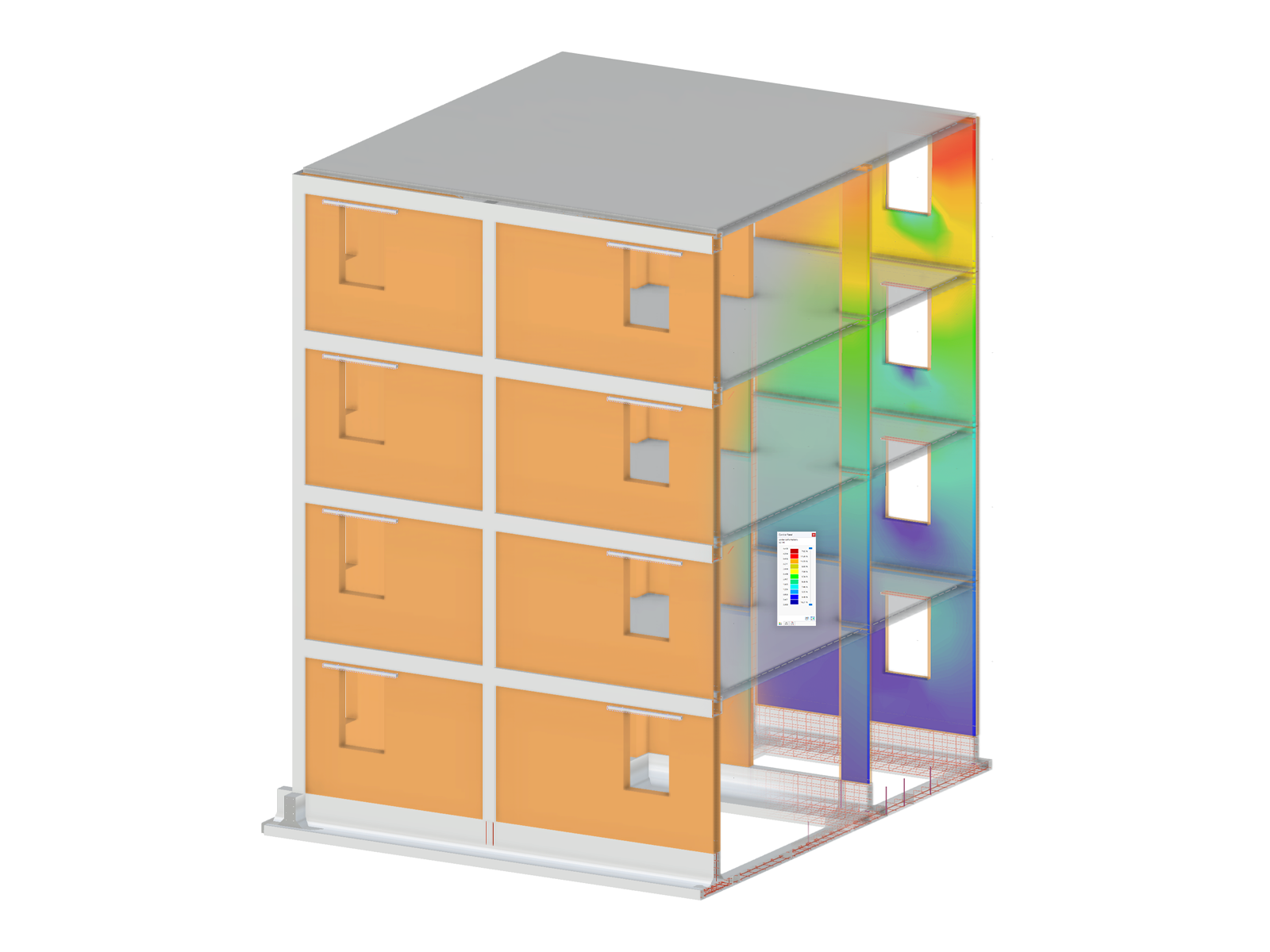
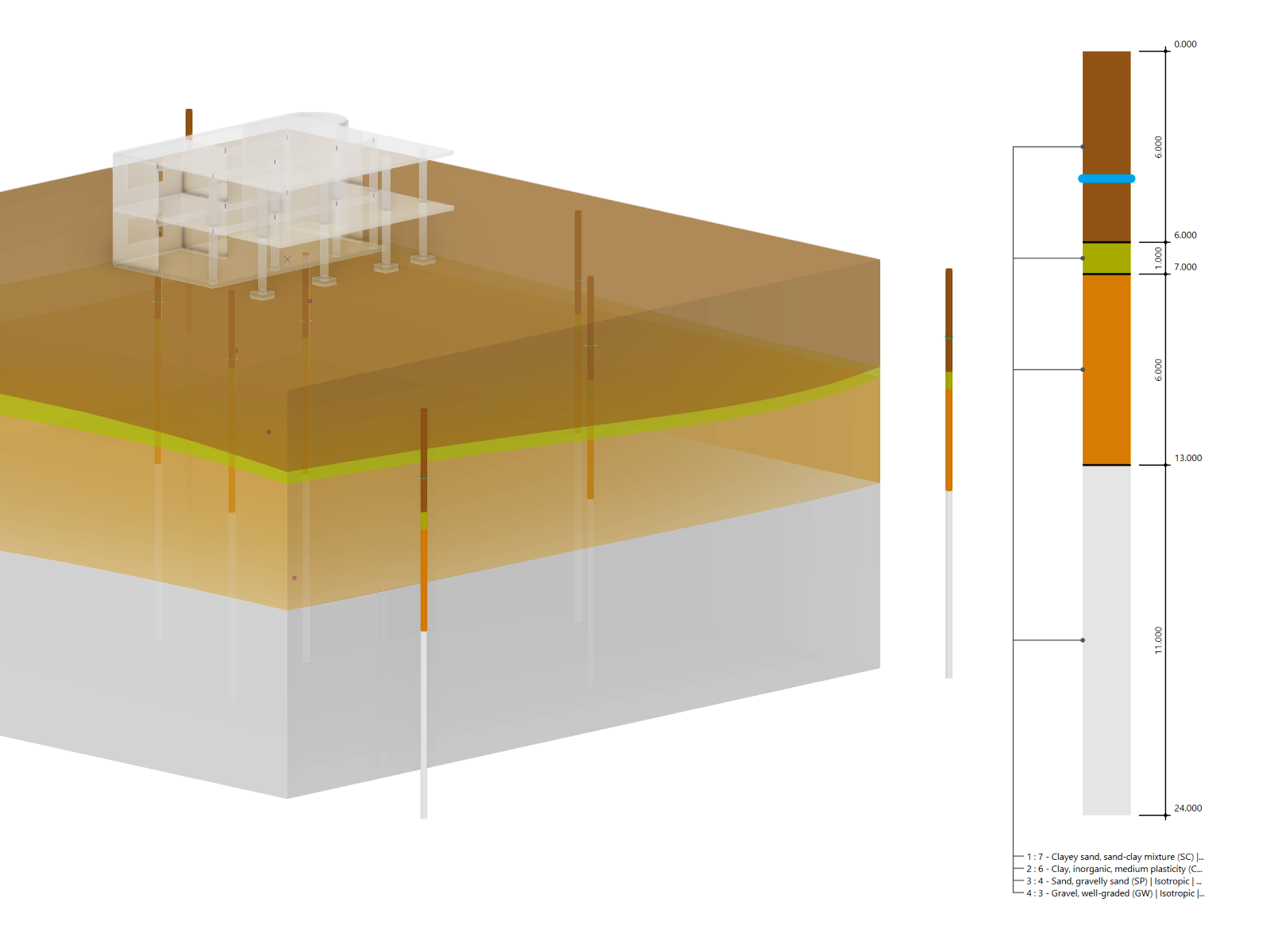
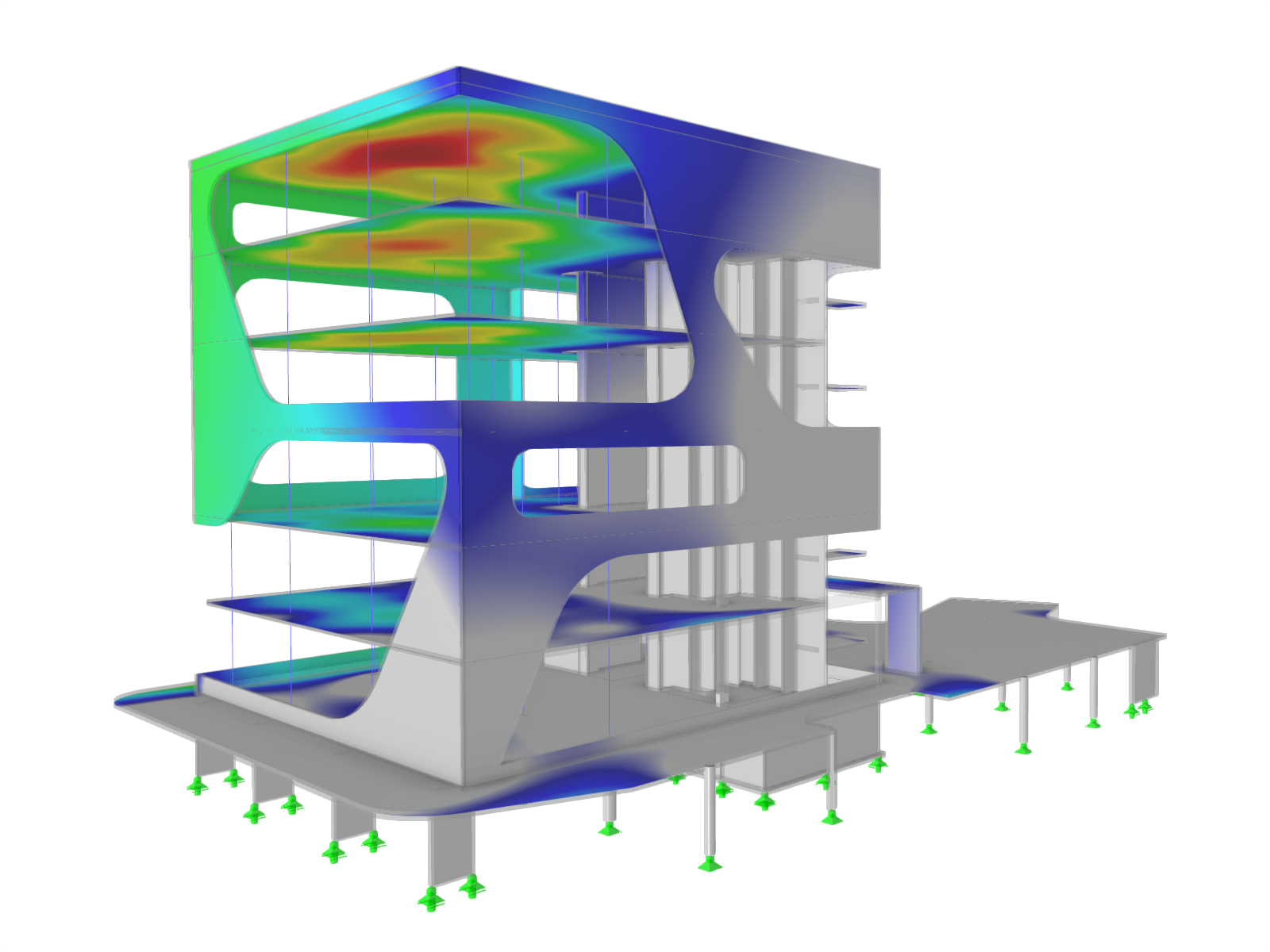
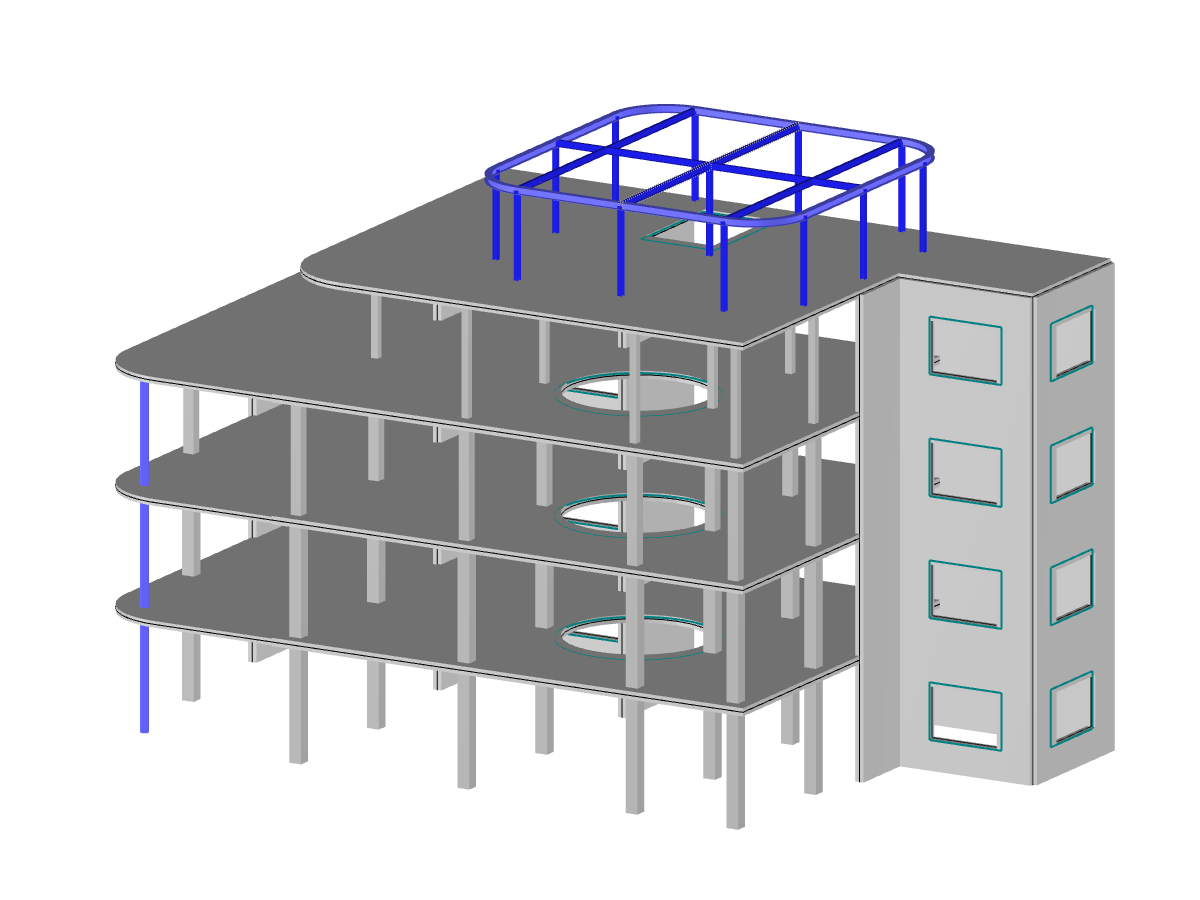

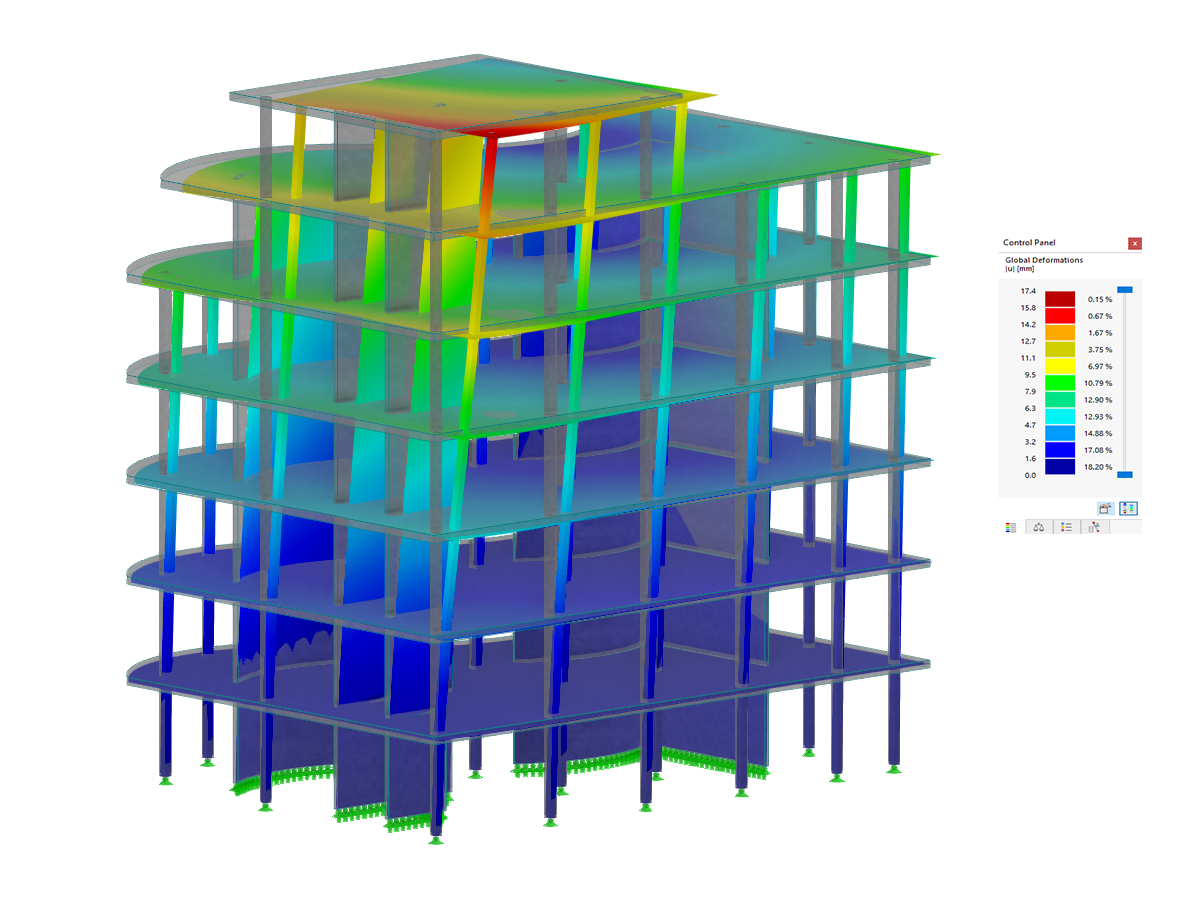
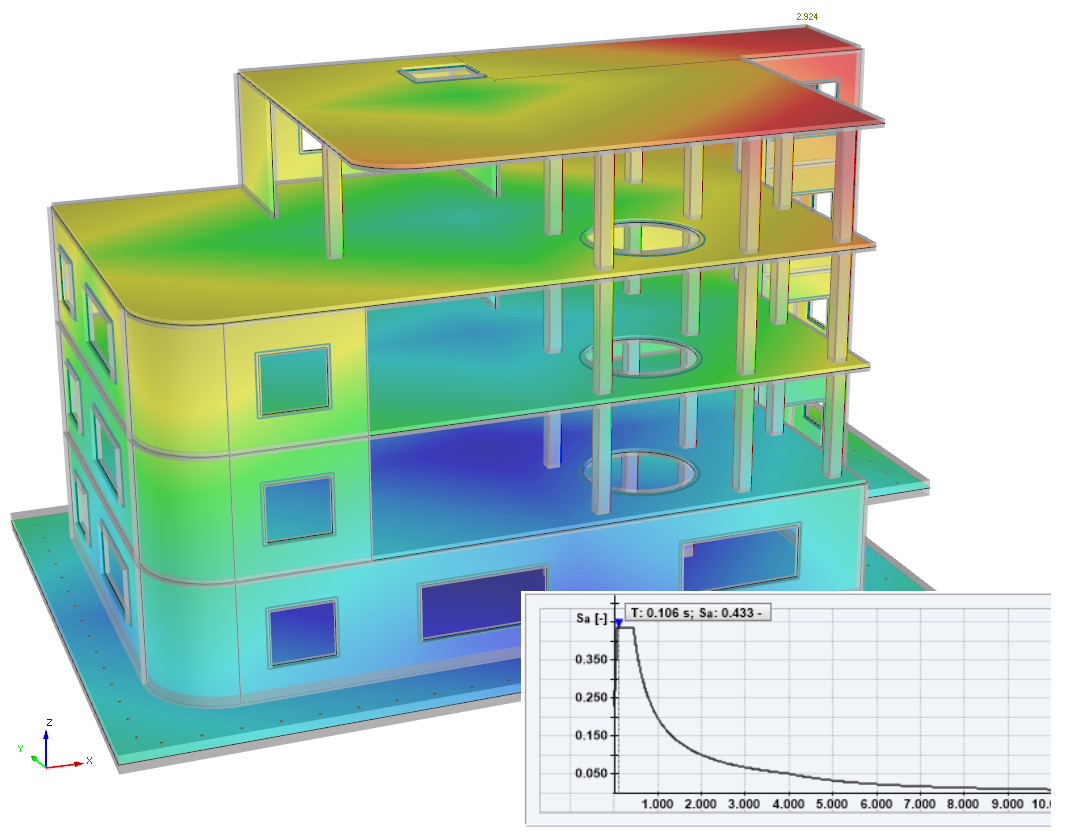
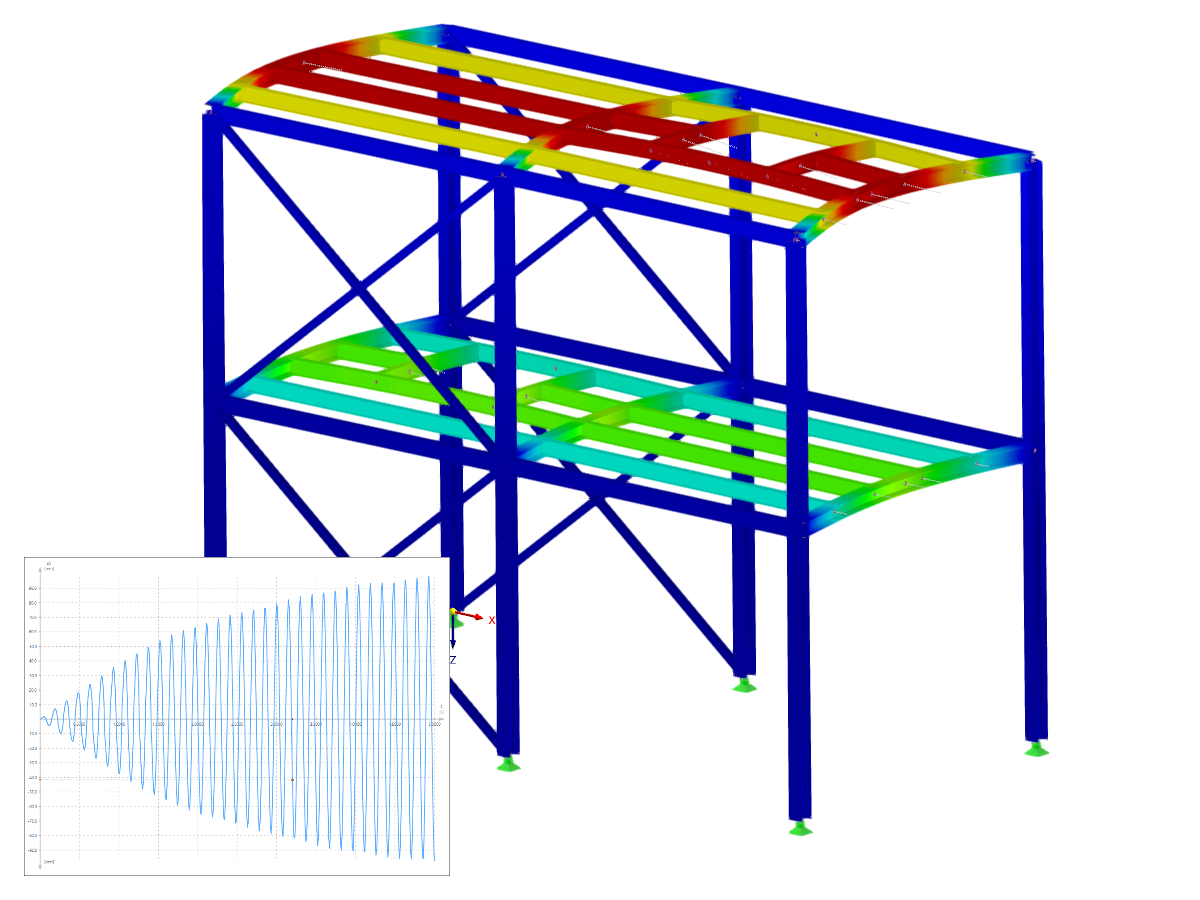
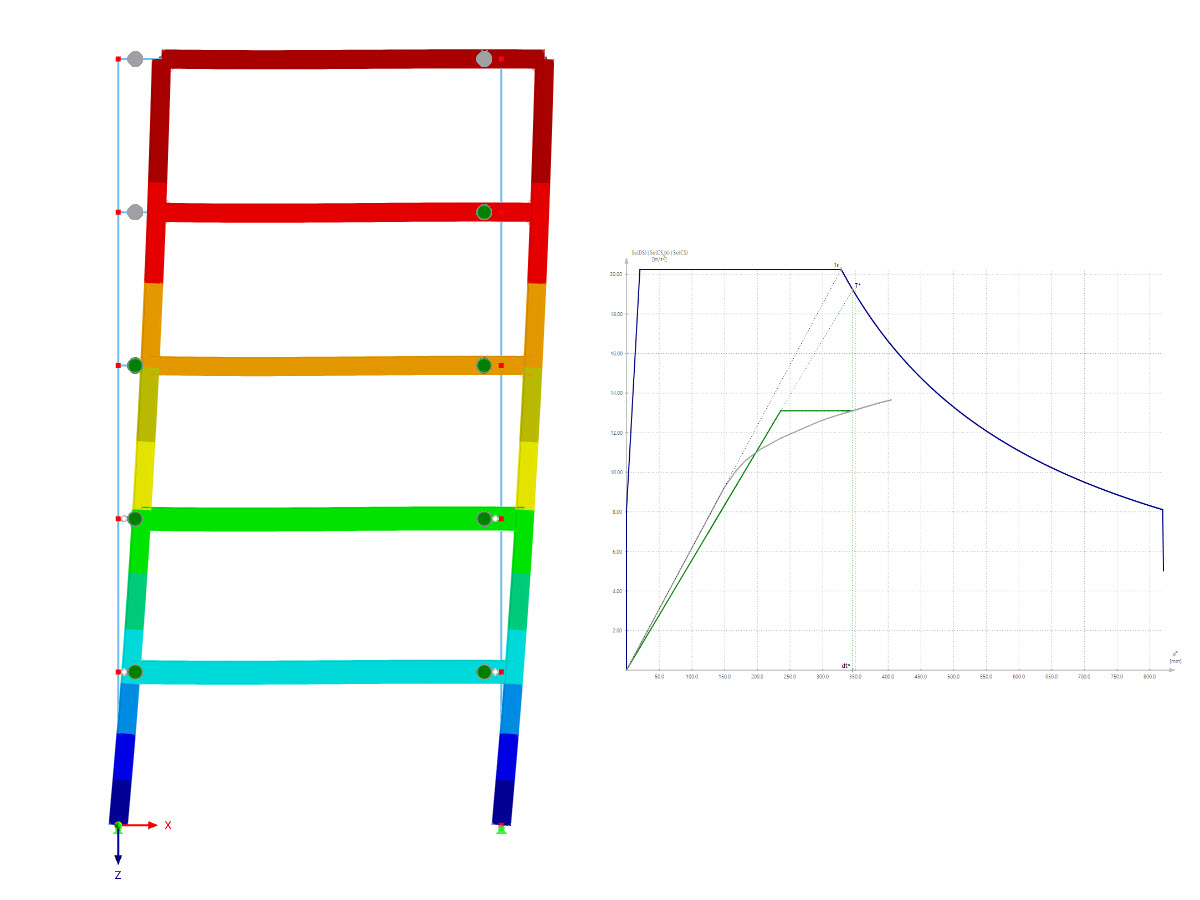
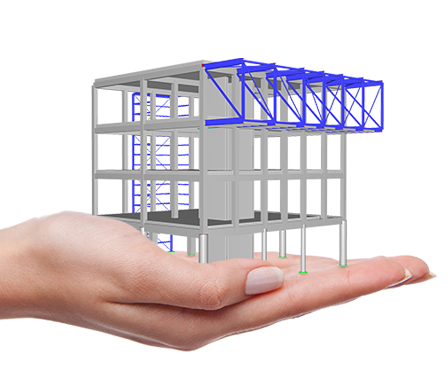
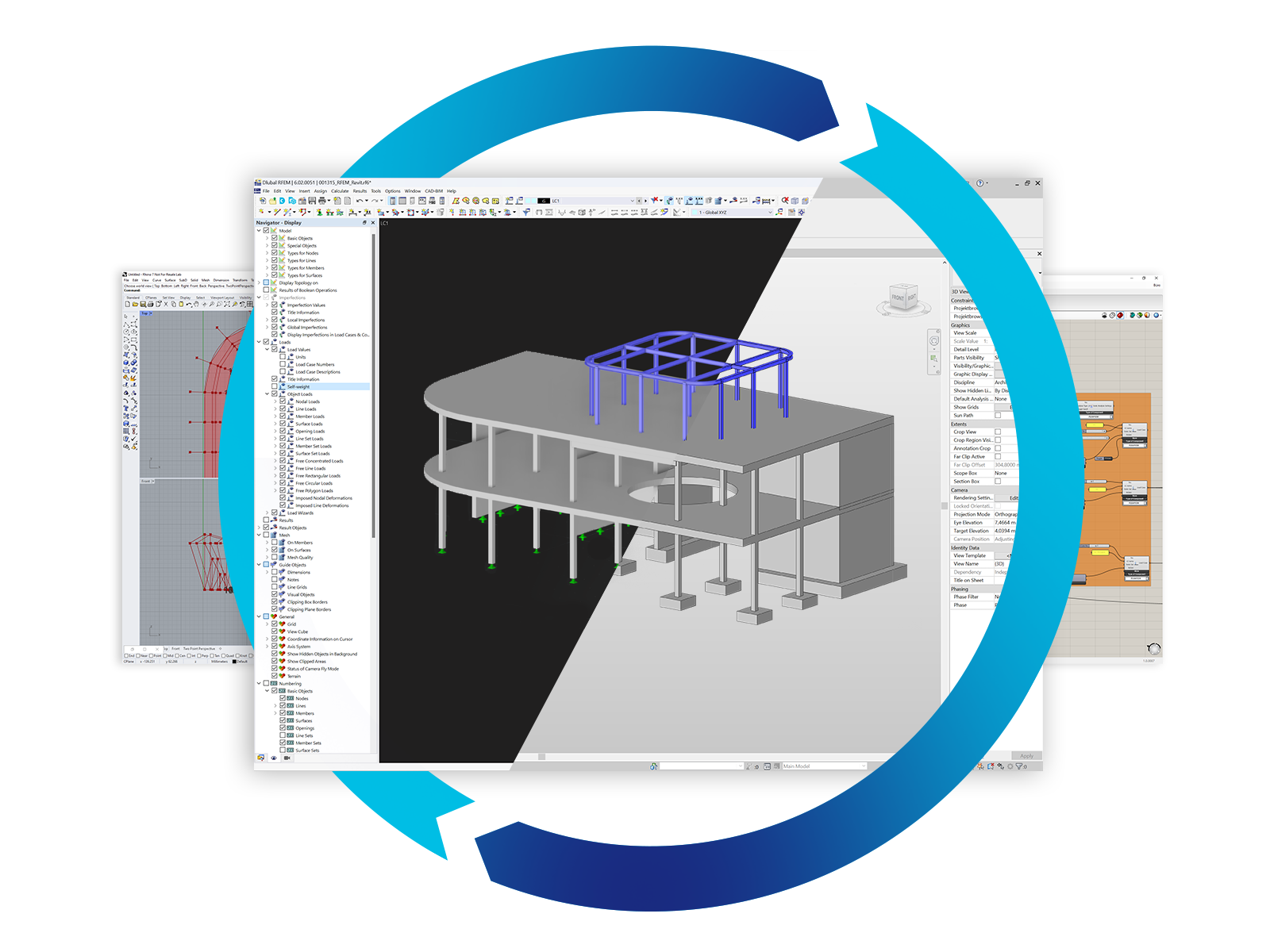
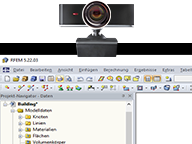
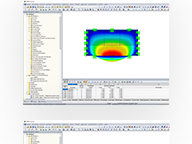
.png?mw=192&hash=f63e4a3f1836233005de32f60201d5392e507cf1)

.jpg?mw=1696&hash=dc28d3d5b110370ebca704fdfdd0b790a4bd3fbb)

.png?mw=80&hash=24e105a767cf2e175614b729c2d2fa1673e4e81b)